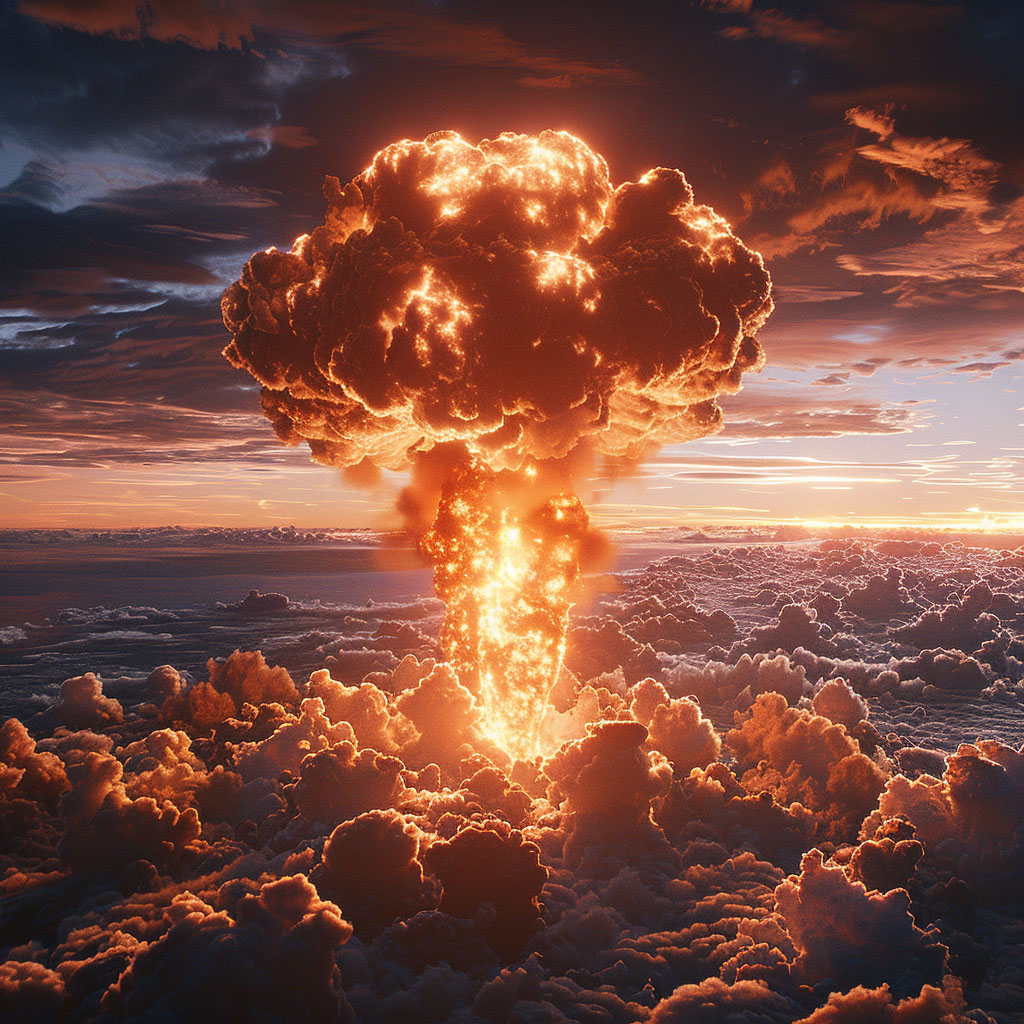North Korea’s nuclear test and military provocations in 2009 and 2010 created a situation far too dangerous to leave unattended. When President Obama hosts South Korean President Lee Myung-bak this week, they are likely to discuss a second round of U.S.-North Korea talks this month, effectively opening the first negotiation of Obama’s presidency to contain North Korean belligerence.
The goal of this diplomacy remains the peaceful denuclearization of North Korea. But the administration needs to make clear the costs that will come with a failed negotiation. For too long, the North Koreans have been told to “denuclearize or else,” yet the regime has defied agreements with little consequence. Washington would do well to plan with other participants in the “six-party talks” — South Korea, China, Russia and Japan — and U.N. Security Council members the consequences of another failed negotiation: financial sanctions, military augmentations of the U.S.-South Korea alliance and other actions that target the regime in Pyongyang.
While many remain skeptical that denuclearization is achievable through diplomacy, efforts will be made to build on the agreement reached by the Bush administration in 2005. That agreement promised political and economic incentives in return for verifiable and irreversible dismantlement of all of Kim Jong Il’s nuclear treasures; it fell apart when the North would not reveal its nuclear secrets to inspectors. A new negotiation must avoid the same dead end while pursuing denuclearization. Economic and political incentives need to remain on the table, but Washington should try to achieve peaceful denuclearization by building three new elements into its strategy.
First, nuclear safety. Simply put, you cannot dismantle that which is not safe. The meltdown in Fukushima, Japan, in March happened at an old complex but one that was relatively safe by international standards. The Yongbyon nuclear complex in North Korea is anything but safe.
Almost a decade ago the International Atomic Energy Agency deemed North Korean nuclear facilities, radiation shielding systems, cranes and waste disposal sites seriously defective. The agency has been unable to implement any safeguards measures in recent years.
Construction practices at the old plutonium complex and the centrifuge enrichment facility that the North revealed in November 2010 are not compatible with international reactor safety standards, according to an American scientist who visited the site. One nuclear expert, who now serves in the Obama administration, stated after a 2007 visit to Yongbyon that the levels of radioactive contamination leaking at the site would require its closure were it in a U.S. state. North Koreans have admitted to South Korean nuclear experts that their design team for a new light-water reactor comprises young, domestically trained engineers who learned by “trial and error.” Experts at the Nautilus Institute cite the location of spent fuel rods near the reactor cores or in reactor secondary containment buildings as design flaws and factors that could contribute to a meltdown. North Korea’s unreliable power grid also could lead to accidental shutdowns for nuclear power generation.
Reactors and their related facilities in North Korea need to be made safe before they can be safely dismantled. The last safety management training session for North Korean officials by international experts was in July 2002. Disasters (natural or man-made) of much lesser magnitude than the Fukushima tsunami and earthquake could result in an unstable nuclear complex, and a meltdown at Yongbyon would have broad implications given the plant’s proximity to the Asian mainland.
Second, engage on nuclear deterrence. The North must be convinced that it is in the worst of two worlds with its handful of weapons — that this cache, absent a demonstrated long-range missile reentry capability and any evidence of warhead miniaturization, does not come close to a credible nuclear deterrent. The North gets no added security from these weapons. But the recent string of provocations against the South suggests that Pyongyang may believe it is invulnerable to retaliation, thanks to its nuclear capabilities. This erroneous belief is a recipe for escalation as Seoul is determined to respond militarily and lethally to the next provocation. Responsible parties need to sit down with the North and explain the ABCs of nuclear deterrence.
Third, nuclear energy should be off the table. What the North has wanted in the past two agreements is light-water nuclear reactors. The 1994 agreement promised two and started a process to build them. The 2005 agreement followed the spirit of the 1994 agreement. In the aftermath of Fukushima, light-water reactors should not be in North Korea’s future. They were never a viable energy source for the North — it would take two decades to build the necessary power grids to avoid a meltdown — and it would not be possible to know whether Pyongyang was operating these things safely. It would be in everyone’s interests to find an alternative energy quid pro quo for denuclearization. When I participated in the six-party talks, one alternative put forth by the South Koreans was conventional electricity. The recent talks between Russia and North Korea about gas pipelines might be another.
These ideas would meet with strong resistance from Japan and South Korea because engagement on these issues might suggest de facto recognition by Washington of North Korea as a nuclear weapons state. It might make sense to engage China and Russia to play more active roles. Allies should know that the goal of any U.S. negotiations remains complete and irreversible dismantlement of all nuclear weapons and related programs, and these new avenues of negotiation may help us get there. But not engaging in a pragmatic manner on nuclear safety and deterrence could spell disaster as U.S. diplomats negotiate endlessly on the same intractable issues that have plagued our pursuit of Pyongyang’s weapons programs for 25 years.
The writer is a professor at Georgetown University and senior adviser at the Center for Strategic and International Studies. He served as director for Asian affairs on the National Security Council from 2004 to 2007 and as U.S. deputy head of delegation for the six-party talks in 2005.

